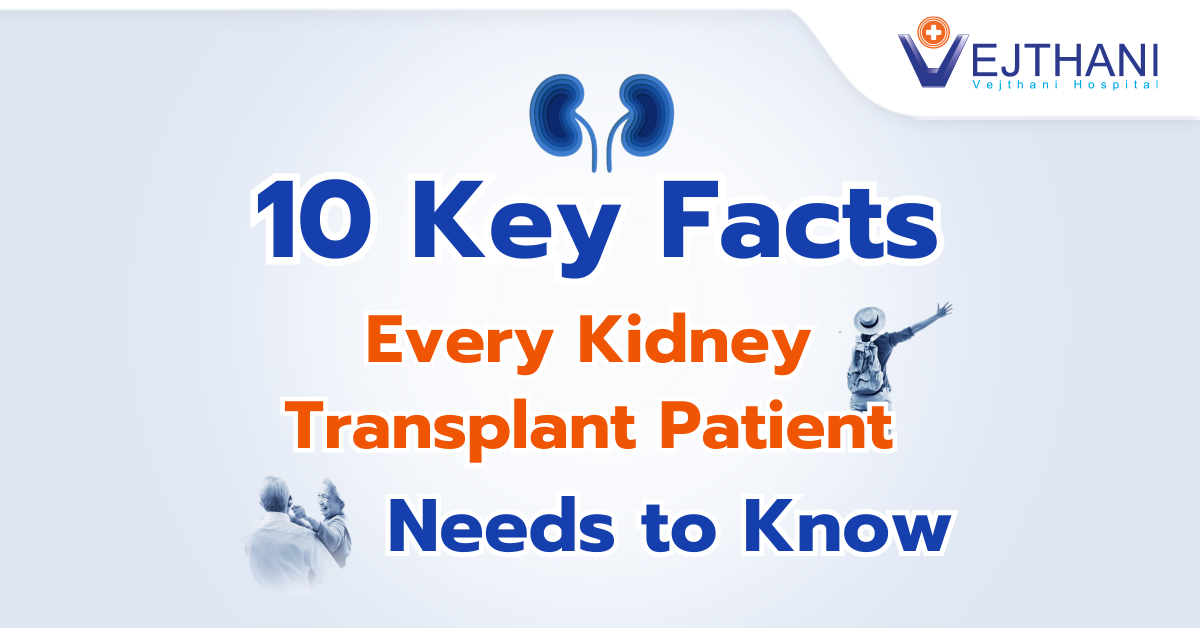
Legionnaire’s disease
Overview
Legionnaires’ disease is a serious type of pneumonia characterized by lung inflammation typically due to infection, caused by the bacterium known as legionella.
Legionnaires’ disease is primarily transmitted by breathing in bacteria that are found in soil or water. Individuals with compromised immune systems, smokers, and older folks are more vulnerable to contracting Legionnaires’ disease.
Additionally, the legionella bacterium causes Pontiac fever, a less severe condition that resembles the flu. Pontiac fever typically goes away on its own, but Legionnaires’ disease can be deadly if left untreated. Legionnaires’ disease is normally treatable with quick antibiotic therapy, however some patients experience persistent symptoms even after treatment.
Symptoms
The typical duration of legionnaires’ disease is two to ten days following exposure to the legionella bacterium. The following signs and symptoms typically show up on the first day:
- Fever (104 F or higher)
- Headache
- Muscle aches
Additional signs and symptoms that you may experience by the second or third day include:
- A cough that may produce mucus and occasionally blood.
- Chest pain
- Shortness of breath.
- Nausea and vomiting.
- Diarrhea.
- Disorientation or other mental alterations.
Legionnaires’ disease mostly affects the lungs, although it can also occasionally lead to infections in other areas of the body, such as the heart, and wounds.
The symptoms of Pontiac fever, a minor form of Legionnaires’ disease, include fever, chills, headache, and muscle aches. It often goes away from symptoms in two to five days and doesn’t cause lung infections.
If you believe you may have come into contact with legionella bacteria, consult your healthcare provider. Early diagnosis and treatment of Legionnaires’ disease can reduce recovery time and prevent severe complications. Prompt treatment is essential for those who are at high risk, such as smokers or elderly folks.
Causes
The majority of cases of Legionnaires’ disease are caused by the bacteria Legionella pneumophila. Legionella bacteria can be found in soil and water outside, however, they hardly ever cause infections. But in human-made water systems, like air conditioners, legionella bacteria can grow.
Legionnaires’ disease can be contracted through residential plumbing, but most outbreaks have happened in large buildings, possibly because complex structures make it easier for the bacteria to grow and spread. In addition, air conditioners in cars and homes don’t need water to cool.
The majority of infections occur from inhaling small droplets of water contaminated with legionella bacteria. This could be water from a huge building’s ventilation system or spray from a shower, tap, or whirlpool. Outbreaks have been connected to:
- Air conditioning systems, cooling towers
- Birthing pools
- Drinking water
- Swimming pools
- Water heaters and storage tanks
- Decorative water fountains
In addition to inhaling water droplets, there are additional ways the virus can spread, such as:
- Aspiration: This happens when liquids accidentally get into your lungs, commonly as a result of choking or coughing when drinking. You run the risk of contracting Legionnaires’ disease if you aspirate water contaminated with legionella bacteria.
- Soil: Some who have worked in gardens or used contaminated potting soil have also developed Legionnaires’ disease.
Risk factors
Not everyone who comes into contact with legionella bacteria gets sick. The following increases your risk of developing the infection:
- Age: Patients who are 50 years old and older.
- Smoking: Smoking affects the lungs, increasing your vulnerability to lung infections of all kinds.
- Weak immune system: This may be caused by the acquired immunodeficiency syndrome (AIDS) or HIV, or it may be brought on by some medications, particularly corticosteroids and those used to prevent organ rejection following transplantation.
- Chronic lung disease or other serious condition: This includes cancer, diabetes, kidney disease, and emphysema.
In hospitals and nursing homes, where infections can spread quickly and patients are more susceptible to contracting them, Legionnaires‘ disease can pose a threat.
Contact Information
service@vejthani.com






















